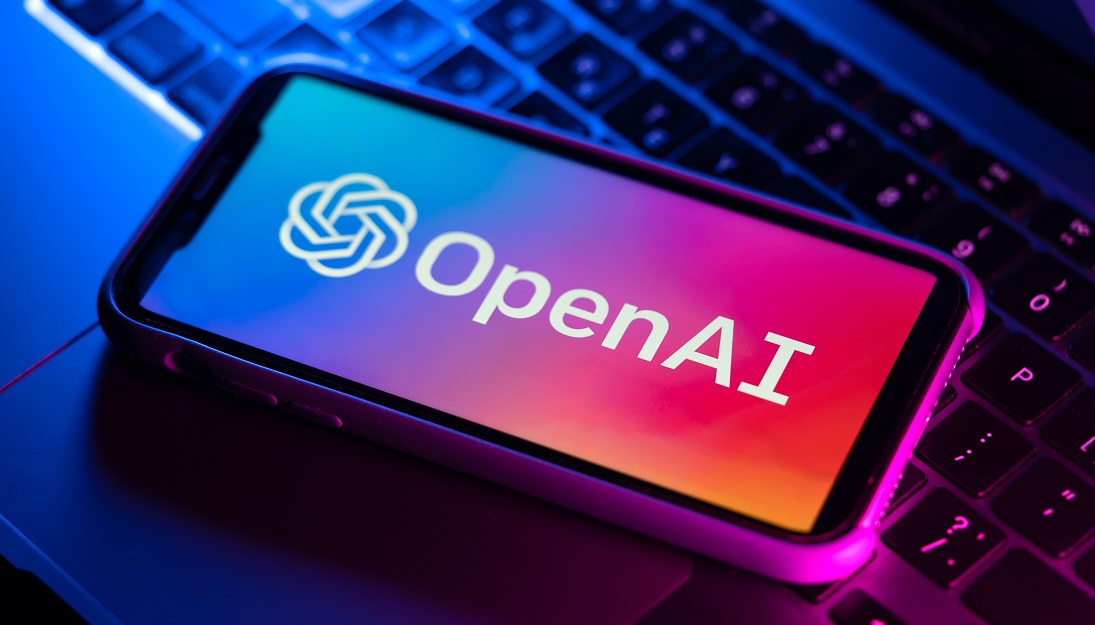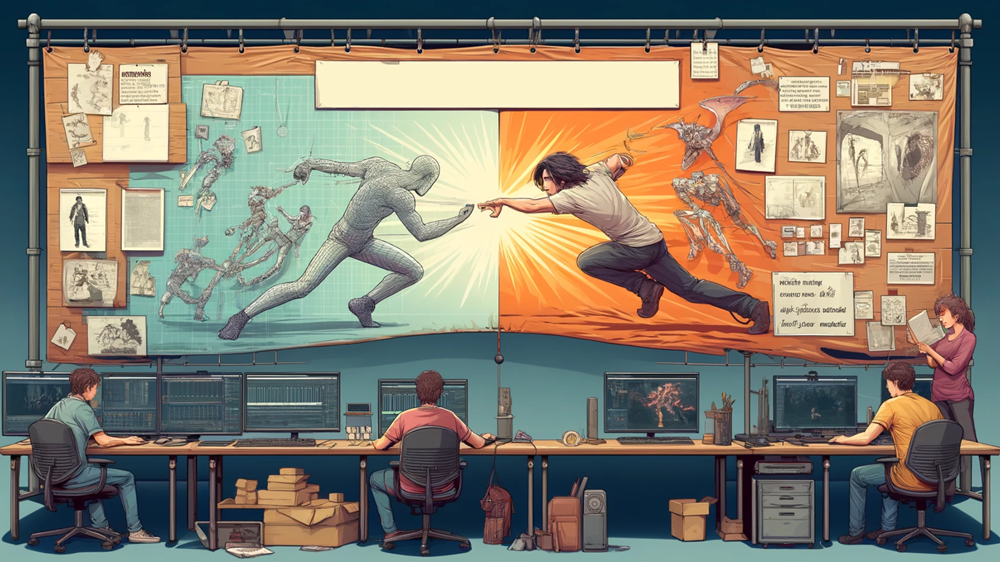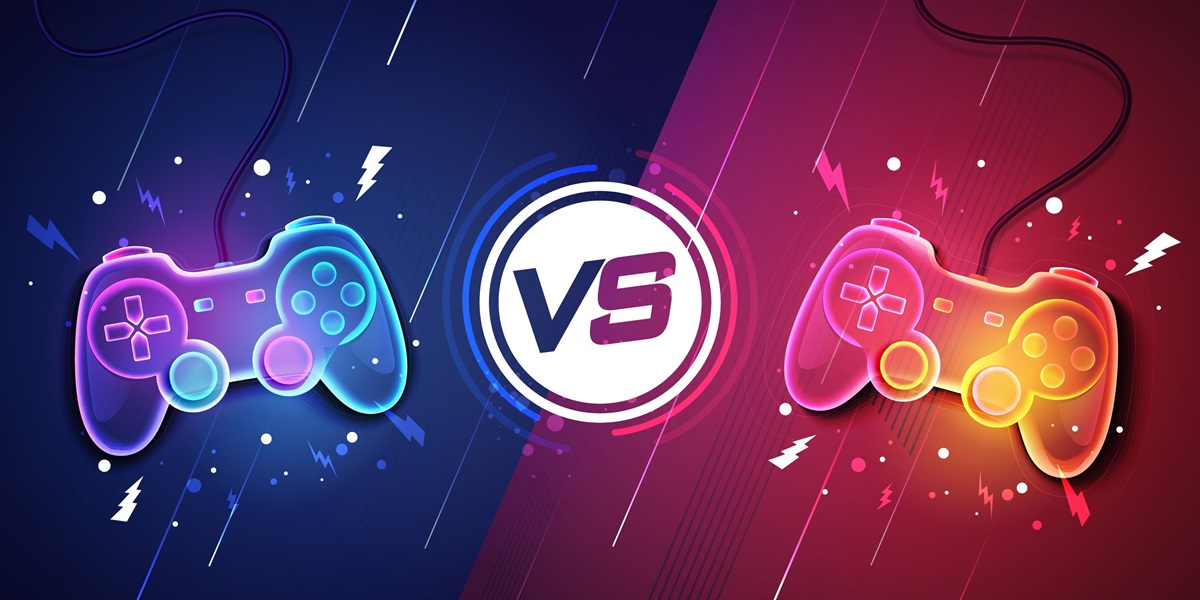Generative AI: Use Cases, Applications and Tools
Generative AI, much like the name suggests, refers to artificial intelligence, which has the power to create in the digital eye. It takes a detour from how AI models are usually employed and remains ever the same in how they’ve been prepared for the modern world.
Springing new rabbits from hats filled with data, generative AI succeeds in filling the pixels on our screen with unique images, tales and music. It’s like a symphony of algorithms which has become rapidly skilled at cranking out imaginative landscapes from the bits and bytes it has learnt.
And in only a matter of months and maybe a few years, this perceivably newfangled piece of tech has become ever-important in the digital world. Perhaps even more so than the old and simple AI!
Decoded: What is Generative AI?
Under generative AI, tools and programs are coded to use AI in order to craft new bits and types of content. It usually involves training the AI model on existing data and teaching it to follow certain sets and patterns.
Once they’re ready, the tools are deployed and used to create new and unique pieces of text, images, art, music, and more. Here are some examples of popular generative AI tools that’ll help in understanding them:
✔️ ChatGPT
ChatGPT is one of the most popular examples of generative AI at the moment. It can generate text-based content from short and simple writeups to long and complex ones, as per the inputs it receives.
And although it is not a conversational AI tool, it is however an advanced language model that can answer you and converse in an informative way.
For instance, you can ask ChatGPT to write you an essay or article on the topic of Nvidia’s RTX graphic cards. Once it has done so, you can give further commands to change and adjust the article as per your requirements.
And make as many adjustments or changes to the content it has written, till you have what you require.
✔️ DALL-E
DALL-E, as opposed to a language model like ChatGPT, is a generative AI tool that helps users to create new pictures or pieces of art as per the inputs it receives. As an image generator, it requires text descriptions to operate and users can typically input a wide variety of requirements as they please. Then, the tool snaps to work and outputs images that resemble what instructions it had received, and to their closest approximations.
Then, the tool snaps to work and outputs images that resemble what instructions it had received, and to their closest approximations.
As an example, while using DALL-E, you can ask the tool to create an image of an office space located on the outskirts of a bustling city. And input various details such as the type of cars you would like to see, the tone of the image, and the theme.
Then, depending on the inputs, it will generate an image that matches your description the best, after which you can probably adjust your inputs if you want something changed or a bit different.
✔️ GANs
GANs, short for ‘generative adversarial networks,’ is a type of generative AI that can create more than just one type of content. It can produce images, audio and even videos that appear unique and real, based on their existing inputs and capabilities.
The GANs generative AI works by training two neural networks by propping them up against the other. In this setup, one of the networks, which is responsible for generating the content, is tasked with creating things that resemble the data it has been trained on.
On the other hand, the second neural network works parallelly to examine and tell apart the newly generated content from the actual data it was trained on.
A popular example of this type of generative AI is BigGAN – which is a very powerful and capable image generator, capable of producing pictures of objects and scenarios that have never even been seen before by anyone.
As tech expands, it’s easy to see the power and potential of generative AI. It is still in its early stages and seeing new developments over time, but we can expect to see more such unique tools pretty soon, with new applications of this technology, such as blockchain and AI, hitting the block.
Benefits and Drawbacks of Generative AI

There is no denying how revolutionary and powerful generative AI tools have become in today’s age. And why wouldn’t it? After all, it promises a pandora’s box full of potential benefits across various sectors and facets of our lives.
However, as with such pieces of tech, there’s the possibility of potential risks taking root. And the telltale disadvantages that can ruin how people use generative AI. For instance:
Advantages of Generative AI
✔️ Enhances Creativity
Generative AI models may be used to generate fresh and unique material, such as text, photos, and music. This may be utilized to produce new ideas, solve issues, and develop new forms of art and entertainment.
✔️ Improved Accuracy
To discover the underlying patterns and correlations, generative AI models may be trained on vast volumes of data. As a result, they may be more accurate than traditional techniques of content generation, such as human ingenuity.
✔️ Boosts Efficiency
Generative AI models may automate processes that would otherwise be time-consuming and costly, such as content development and data processing. This may save firms both time and money.
✔️ Scalable Design
These Generative AI models may be scaled to handle vast quantities of data and produce large volumes of content. This makes them suited for usage in a range of businesses, including marketing, customer service, and banking.
Drawbacks of Generative AI
✔️ Bias
Depending on the tool or program, generative AI models can be skewed in their work and operations if they are trained on biased data. This can result in the creation of biased material.
✔️ Security
Deepfakes are videos or audio recordings that have been edited to make it appear or sound like someone is talking or doing something they never said or did.
And one may create these using generative AI models. Furthermore, these deepfakes can be used to harm someone's reputation or to disseminate false information.
✔️ Regulation
The usage of generative AI models is still in its infancy, with few restrictions limiting its creation and application. This might lead to future concerns, such as the malicious usage of generative AI models.
✔️ Misinformation
Using generative AI tools, one can also make fake news and other types of disinformation like how normally stuff gets generated using generative AI models. This may be detrimental to a group or even society if used for the wrong purposes online and over social media.
And there you have it. These are the pros and cons, the benefits and the drawbacks commonly associated with using generative AI models. Yes, they are pretty helpful in powering creative projects and in making one’s work more efficient in different ways.
But it is also important to note that there are risks that are also associated with these tools and that one should be active in their use while avoiding them.
Exploring Generative AI Use Cases
Generative AI has expanded the use of artificial intelligence beyond the traditional services in today’s industries. Because it can generate new content based on trained data, it is unshackled from having to stick to pre-defined sets and patterns.
Quite like spatial intelligence in virtual technologies. It’s this feature, along with a host of other factors, that have made generative AI so crucial in the digital landscape.
Let’s take a look at some significant use cases of generative AI:
✔️ Generative AI in Healthcare

As with many emerging technologies, generative AI models, similar to blockchain development, hold great potential for healthcare use. Take a look at medicines and drugs – where generative AI is these days being deployed to think up new ways of treatments and how medications can be similarly used or made.
For example, Insilico Medicine is a Hong Kong-based biotech company. They have incorporated the use of generative AI tools in order to experiment with new methods of treating diseases.
This includes making new molecules and hastening the discovery process for drugs so that they can come up with ways to treat previously untreatable illnesses.
✔️ Generative AI in Banking
The world of finance and banking is not a stranger to the ways and uses of artificial intelligence. In fact, it has been at the forefront of adopting many technologies such as web3 in finance, that help improve factors such as security, operations, and financial dealings.
One popular example of this phenomenon would be how Numerai and its involvement in financial matters such as trading and investments. It is a company based out of San Francisco that uses generative AI models to help predict prices in the stock market.
Such a model can be quite useful for investors looking for new opportunities and to safeguard themselves from risks. On a broader scale, it is also poised to be of great use in making new fintech products and services.
✔️ Generative AI in Retail
The retail industry is another major facet of commerce and production that benefits from the intuitive powers of generative AI. Whether it may be deployed for operations on the back end such as for predictive maintenance, etc., or for dealing with customer-related work at the front.
Autodesk, for instance, is a software tech company based in California, San Francisco which is currently using generative AI in retail. It uses the tech to design new products such as car parts and such.
Leveraging the AI models, they have been able to make products more durable and user-friendly. More importantly, these models can help personalize the same for customers and for businesses looking to impart a friendlier touch to their offerings.
✔️ Generative AI in Marketing
 Marketing campaigns for businesses require a serious effort in today’s age where the landscape is ever-changing. And tech and trends play a major part in setting the way for companies to reach their goals within their industries.
Marketing campaigns for businesses require a serious effort in today’s age where the landscape is ever-changing. And tech and trends play a major part in setting the way for companies to reach their goals within their industries.
AI in marketing has proven to be useful in this matter in various ways, from content to campaign planning, data analysis, and dealing with customers.
For example, LivePerson is a New York-based tech company that has creatively employed generative AI tools in making chatbots. These chatbots can provide customer support for any company 24/7, even when there are no human responders available for a business and its customers.
Furthermore, generative AI makes it possible to ensure that a company’s customer service is suited to their customer and industry, making it more useful in the long run.
These are some of the essential use cases this digital technology has successfully brought to the field. They span across varied industries and can be helpful for new companies that are yet to experience generative AI.
At EDIIIE, we have played a leading role in making AI-based tools and applications – that have helped companies improve the quality of user interactions for their businesses. Our team can help you adopt a more personalized and tailored approach, even in integrating generative AI into your business.
Feel free to reach out to us for a consultation or demo where we can discuss the same and illustrate how generative AI will be useful for your company’s specific needs and goals.







